LED Light Bulbs: Saving Energy and Money How Much Power Do They Really Use?
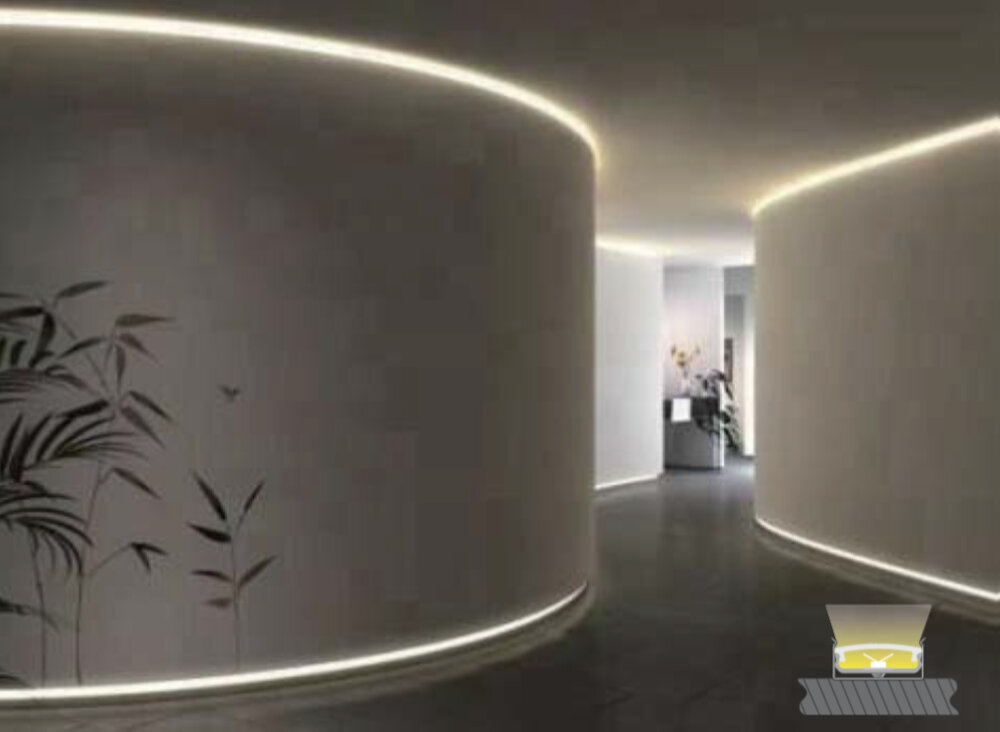
Light Emitting Diode (LED) light bulbs are one of the most popular choices for modern lighting solutions. They are more efficient and long-lasting than traditional incandescent bulbs and are available in a wide range of colors and brightness levels. Furthermore, LED bulbs are environmentally friendly, as they use less energy and produce fewer greenhouse gas emissions. In addition, these bulbs are cost-effective, as they last longer and save money on electricity bills. However, many people are unsure about how much power LED bulbs actually use and how they compare to other types of bulbs. One of the most significant advantages of LED light bulbs is their energy efficiency. Unlike incandescent bulbs, which produce light by heating a filament, LED bulbs use semiconductors to convert electricity into light. This process is much more efficient, as it produces less heat and uses less energy. As a result, LED bulbs use up to 90% less energy than incandescent bulbs, which translates to significant savings on electricity bills. Moreover, LED bulbs last up to 25 times longer than traditional bulbs, reducing the need for frequent replacements and further reducing their environmental impact. In this article, we will explore how much power LED bulbs consume and how they compare to other types of bulbs in terms of energy efficiency and cost-effectiveness.
LED light bulbs are a modern form of lighting that are highly energy-efficient, long-lasting, and eco-friendly. Unlike traditional incandescent bulbs, LED bulbs do not rely on a heated filament to produce light. Instead, they use a semiconductor material that emits light when an electric current passes through it. This means that LED bulbs use significantly less electricity than their incandescent counterparts, resulting in lower energy bills and reduced environmental impact. Additionally, LED bulbs can last up to 25 times longer than incandescent bulbs, reducing the need for frequent replacements and further lowering costs. Overall, LED light bulbs are a smart and sustainable choice for anyone looking to save money on their energy bill while also reducing their carbon footprint.
LED light bulbs have become increasingly popular for a number of reasons. Firstly, they are highly energy-efficient, using up to 80% less energy than traditional incandescent bulbs. This means that not only do they save on electricity bills, but they also have a much lower impact on the environment. Additionally, LED bulbs last much longer than traditional bulbs, with a lifespan of up to 25,000 hours, meaning that they need to be replaced far less often. Furthermore, LED bulbs emit very little heat, making them safer and easier to handle than traditional bulbs. Overall, the benefits of using LED light bulbs are clear: they are cost-effective, energy-efficient, and environmentally friendly.
How LED Light Bulbs Work
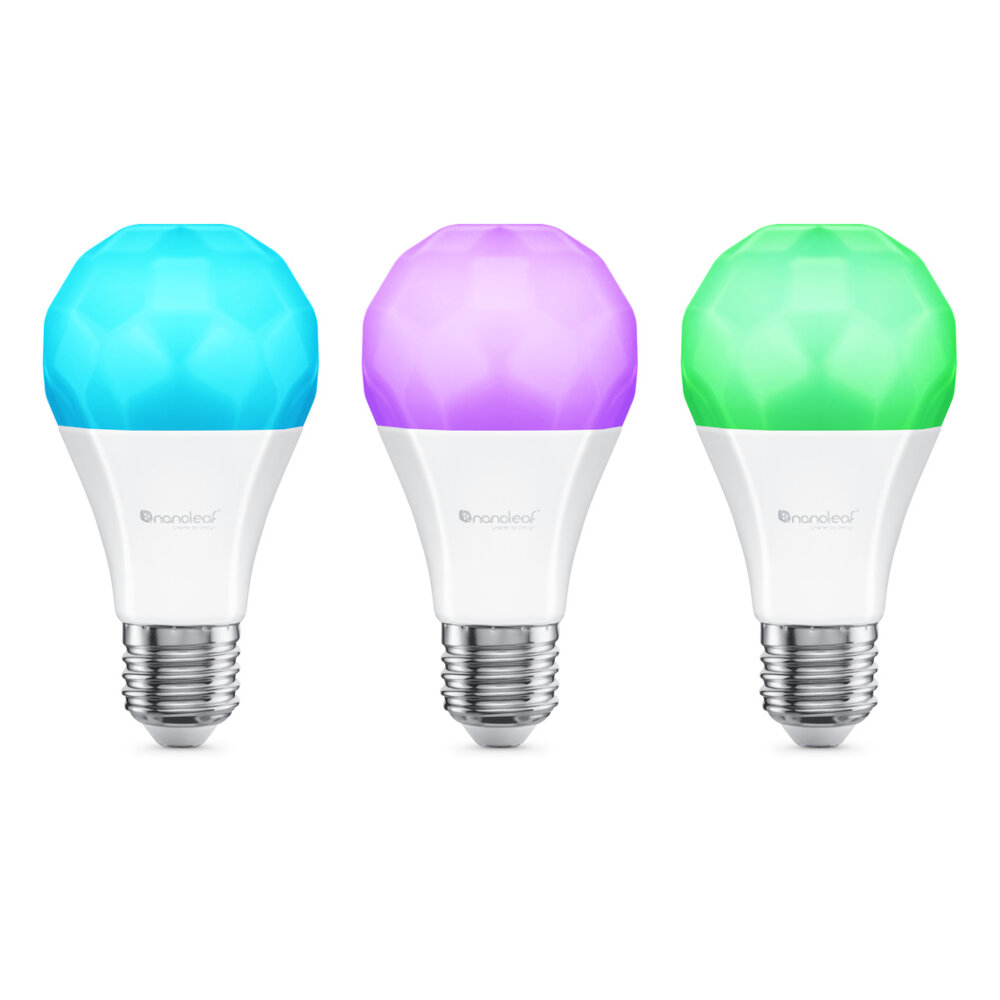
LED light bulbs are becoming increasingly popular due to their energy efficiency, long lifespan, and versatility. But have you ever wondered how they work? Unlike traditional incandescent bulbs, LED bulbs use a semiconductor to produce light. When an electric current passes through the semiconductor, it causes electrons to release energy in the form of photons, which produces light. This process is known as electroluminescence, and it’s what allows LED bulbs to light up without producing heat like incandescent bulbs do. LED bulbs also use less energy than traditional bulbs because they don’t waste energy producing heat. LED bulbs come in a variety of shapes, sizes, and colors, making them a versatile lighting option for any space. They can be used for everything from task lighting to accent lighting to general lighting. LED bulbs also have a longer lifespan than traditional bulbs, which means you won’t have to replace them as often. This not only saves you money on replacement bulbs but also reduces the amount of waste that ends up in landfills. Plus, with LED bulbs, you can save money on your energy bill because they use less energy than traditional bulbs. So not only are LED bulbs good for the environment, but they’re also good for your wallet!
LED technology is a revolutionary way to light up our homes and workspaces. Unlike traditional incandescent bulbs, LEDs convert most of their energy into light rather than heat, making them incredibly efficient. They work by passing an electric current through a semiconductor material that emits light as a result of the movement of electrons. This process is known as electroluminescence. LEDs are available in a wide range of colors and can be dimmable, making them a versatile and energy-saving lighting option. With their long lifespan and low power consumption, LED light bulbs are becoming increasingly popular among consumers who want to save money on their energy bills while reducing their carbon footprint.
Compared to traditional incandescent bulbs, LED light bulbs are significantly more energy-efficient, cost-effective, and have a much longer lifespan. Incandescent bulbs produce light by heating a filament, which consumes a lot of energy and generates heat. On the other hand, LED bulbs produce light by using semiconductors, which consume much less energy and generate very little heat. As a result, LED bulbs use up to 80% less energy than incandescent bulbs, last up to 25 times longer and have a lower impact on the environment. Additionally, LED bulbs produce a brighter, more natural light that is easier on the eyes and can improve our overall well-being. Although LED bulbs may cost more upfront, they will save you money in the long run due to their energy efficiency and longevity.
Energy Efficiency of LED Light Bulbs
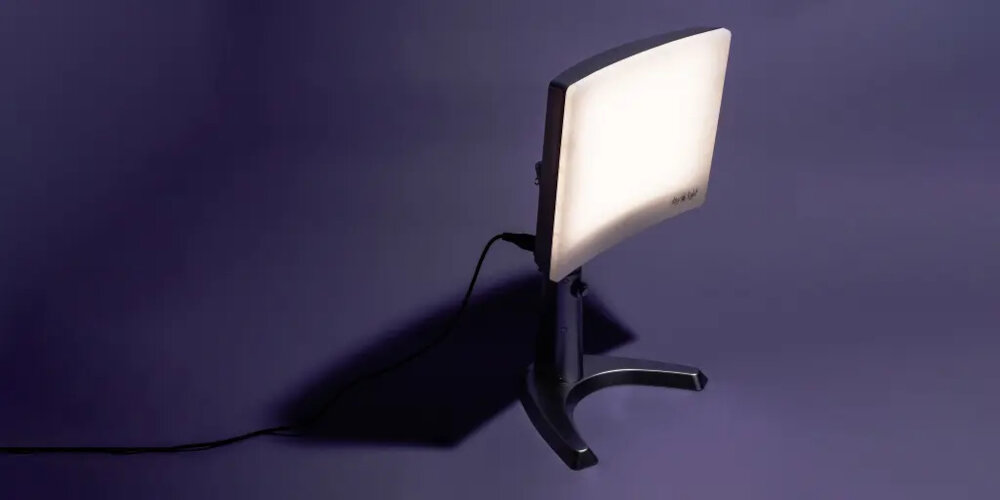
LED light bulbs are an energy-efficient lighting technology that has gained widespread popularity in recent years. Compared to traditional incandescent bulbs, LED bulbs consume significantly less energy while producing the same amount of light. This energy efficiency is due to the fact that LED bulbs convert most of the electricity they consume into light, while incandescent bulbs waste a significant amount of energy as heat. The use of LED bulbs can lead to significant energy savings and lower electricity bills, making them an excellent choice for households and businesses looking to reduce their energy consumption. In addition to their energy efficiency, LED bulbs offer several other advantages over traditional bulbs. They have a longer lifespan, typically lasting up to 25,000 hours, compared to the 1,000-hour lifespan of incandescent bulbs. This means that LED bulbs need to be replaced less frequently, reducing the amount of waste generated from discarded bulbs. LED bulbs are also more durable and resistant to damage, making them a safer option for households with children or pets. Additionally, LED bulbs do not contain harmful chemicals such as mercury, which can be found in some traditional bulbs, making them a more environmentally friendly choice. Overall, LED bulbs provide a cost-effective and environmentally friendly lighting solution.
Wattage and lumens are two important factors to consider when it comes to choosing LED light bulbs. The wattage of a bulb refers to the amount of power it consumes, whereas the lumens represent the amount of light output. In the past, people used to base their decision on wattage alone, but with the advent of LED technology, lumens have become equally important. LED bulbs consume less wattage than traditional incandescent bulbs, yet they produce the same amount of light output or even more. Therefore, it is important to focus on lumens rather than wattage when choosing LED bulbs. By doing so, you can save energy and money in the long run without compromising on the quality of lighting.
When compared to traditional incandescent bulbs, LED light bulbs are far more energy-efficient and cost-effective. Incandescent bulbs are notorious for their energy inefficiency and short lifespan, requiring frequent replacements. In contrast, LED bulbs consume significantly less power, last much longer, and emit less heat, making them a safer option for homes and businesses. Additionally, LED bulbs are available in a wide range of brightness levels and colors, making them highly versatile and suitable for a variety of lighting needs. With their long lifespan and low energy consumption, LED bulbs are an excellent investment for anyone seeking to reduce their energy bills and carbon footprint.
Energy savings calculations are a crucial factor in determining the effectiveness of LED light bulbs in saving energy and money. These calculations are used to compare the energy consumption of LED bulbs with traditional incandescent bulbs. LED bulbs are known for their energy efficiency and have been shown to use up to 80% less energy than incandescent bulbs. The calculations take into account the wattage of the bulb, the number of hours it is used daily, and the cost of electricity in the area. By using LED bulbs, households can save a significant amount of money on their electricity bills while reducing their carbon footprint.
Cost Savings of LED Light Bulbs
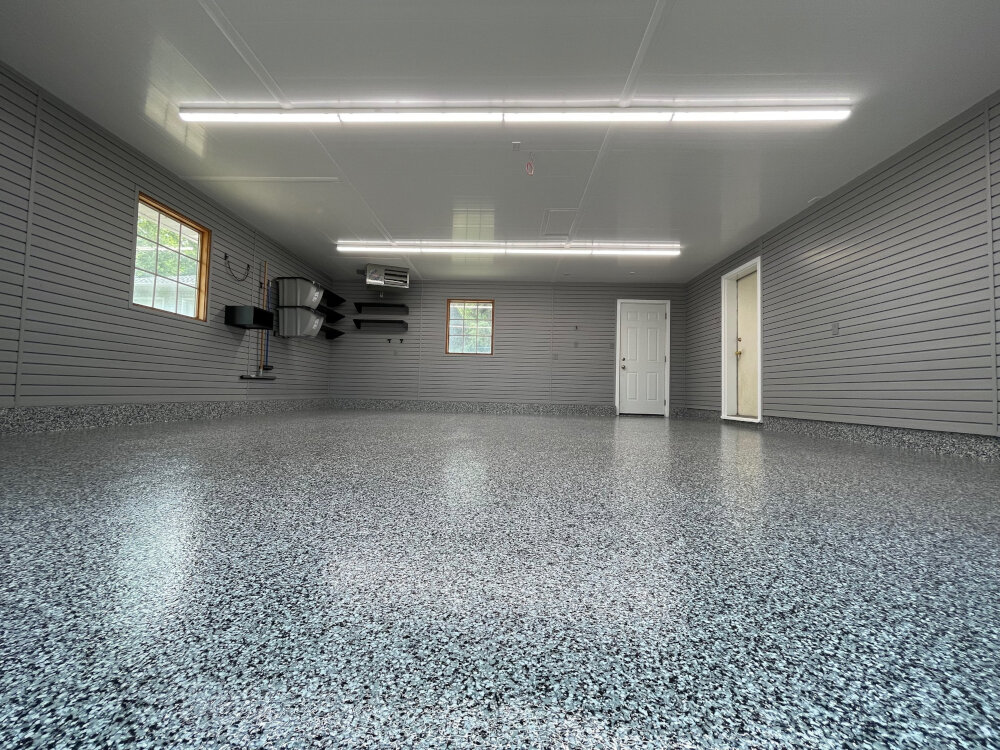
LED light bulbs have become increasingly popular over the years as they offer a wide range of benefits compared to traditional incandescent bulbs. One of the most significant advantages of LED bulbs is their cost-saving capabilities. LED bulbs are designed to use less energy than incandescent bulbs, which means that they can significantly reduce energy bills. For example, an LED bulb can use up to 80% less energy than a traditional incandescent bulb. This means that individuals and businesses can save a considerable amount of money in the long run by switching to LED bulbs. Additionally, LED bulbs have a longer lifespan than traditional bulbs, which means that they need to be replaced less frequently, further reducing costs. The cost savings of LED bulbs extend beyond just energy bills and replacement costs. LED bulbs also emit less heat than traditional bulbs, which means that they can reduce cooling costs in warmer months. Moreover, LED bulbs are more durable and resistant to damage from vibrations and impacts, reducing the need for frequent replacements. Businesses can also benefit from the cost savings of LED bulbs by reducing maintenance costs and increasing productivity due to better lighting quality. Overall, the cost savings of LED bulbs make them an attractive option for individuals and businesses looking to reduce their energy bills and save money in the long run while also contributing to a more sustainable future.
When it comes to purchasing LED light bulbs, the initial cost can be a bit higher compared to traditional incandescent bulbs. However, this cost should not be a deterrent, as the long-term benefits of LED bulbs far outweigh their initial cost. LED bulbs have a lifespan of up to 25,000 hours, which is significantly longer than the lifespan of traditional incandescent bulbs. Additionally, LED bulbs use up to 80% less energy than incandescent bulbs, which means that they can help save a considerable amount of money in energy costs over time. Therefore, although the initial cost of LED bulbs may be higher, they are a more cost-effective and energy-efficient lighting option in the long run.
When considering the benefits of LED light bulbs, one of the most significant advantages is their long-term cost savings. Although the initial cost of LED bulbs may be higher than traditional incandescent bulbs, they have a much longer lifespan and consume significantly less energy. This means that over time, LED bulbs can save you a substantial amount of money on your energy bills and replacement costs. In fact, according to the Department of Energy, replacing just one traditional bulb with an LED bulb can save you around $75 in energy costs over the bulb’s lifetime. Additionally, LED bulbs require less maintenance and replacement, reducing the amount of time and money spent on bulb replacements and helping to minimize your overall environmental impact.
Return on investment (ROI) calculations are an essential tool for evaluating the financial viability of any investment, and LED light bulbs are no exception. To determine the ROI of a switch to LED bulbs, it’s necessary to consider both the upfront cost of the bulbs and their long-term energy savings. While LED bulbs may have a higher initial cost than traditional incandescent bulbs, their energy efficiency and longevity mean that they can save a significant amount of money in the long run. By calculating the ROI of replacing incandescent bulbs with LEDs, consumers can make informed decisions about how to invest in energy-efficient lighting technology and enjoy the benefits of reduced energy consumption and lower utility bills.
Environmental Impact of LED Light Bulbs
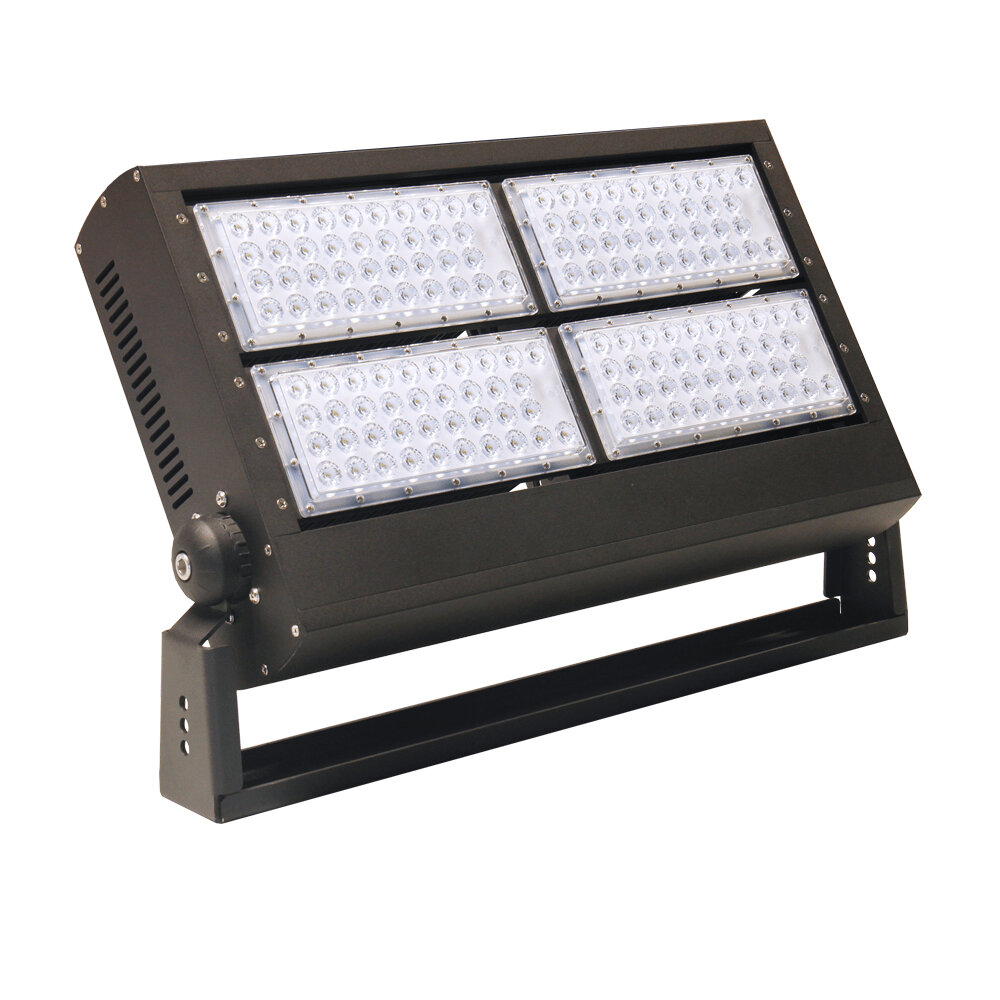
LED light bulbs are known to be an energy-efficient and cost-effective lighting option. However, it’s important to consider their environmental impact as well. LED bulbs are made from a variety of materials, including plastics, metals, and semiconductors. The production and disposal of these materials can have negative consequences on the environment, such as greenhouse gas emissions and pollution. Therefore, it’s important to properly dispose of old LED bulbs and recycle their components to reduce their impact on the planet. On the other hand, LED light bulbs have a significantly lower environmental impact compared to traditional incandescent bulbs. They use less energy and have a longer lifespan, which means less waste is generated and less energy is needed to produce and transport new bulbs. Additionally, LED bulbs do not contain hazardous materials such as mercury, which is commonly found in compact fluorescent bulbs. This makes them a safer and more sustainable lighting option for both consumers and the environment. Overall, LED light bulbs have a positive impact on the environment and are a step towards a more sustainable future.
Reducing our carbon footprint has never been more important than it is now. With the increasing global population and industrialization, carbon emissions have reached unprecedented levels, leading to climate change and its associated effects. However, one way we can reduce our carbon footprint is by adopting LED light bulbs. LED bulbs consume less power than incandescent bulbs, reducing energy consumption and greenhouse gas emissions. By switching to LED bulbs, we not only save money on electricity bills, but we also contribute to a cleaner and healthier planet. It’s a small change that can make a significant impact on our environment.
Disposal and recycling considerations are crucial when it comes to LED light bulbs. Unlike traditional incandescent bulbs, LED bulbs contain electronic components and materials that require proper disposal. These materials include aluminum, copper, and plastic, as well as rare earth elements such as yttrium and europium. It is essential to dispose of these materials properly to reduce the environmental impact and prevent them from ending up in landfills. Moreover, recycling of LED bulbs is another way to reduce waste and conserve natural resources. Proper disposal and recycling of LED bulbs can significantly contribute to a sustainable and eco-friendly environment.
LED light bulbs are an excellent alternative to traditional incandescent bulbs, as they offer many benefits. One of the most significant advantages of LED bulbs is their energy efficiency. LED bulbs use much less power than incandescent bulbs, which means they can help reduce your energy bills. LED bulbs are also more durable and long-lasting than traditional bulbs, which means you won’t have to replace them as frequently. Additionally, LED bulbs are more environmentally friendly than incandescent bulbs, as they emit less carbon dioxide and other harmful pollutants. Overall, switching to LED light bulbs is an easy and cost-effective way to save energy, money, and the environment.
It is highly recommended to switch to LED light bulbs in order to save energy and cost. LED bulbs consume significantly less energy than traditional incandescent bulbs, resulting in lower electricity bills and reduced carbon footprint. LED bulbs also have a longer lifespan, which means less frequent replacement and further cost savings. Additionally, they emit less heat, making them safer to use and reducing the load on air conditioning systems during hot summer months. Although LED bulbs may have a higher upfront cost, the long-term savings make them a smart investment in both financial and environmental terms.
Conclusion
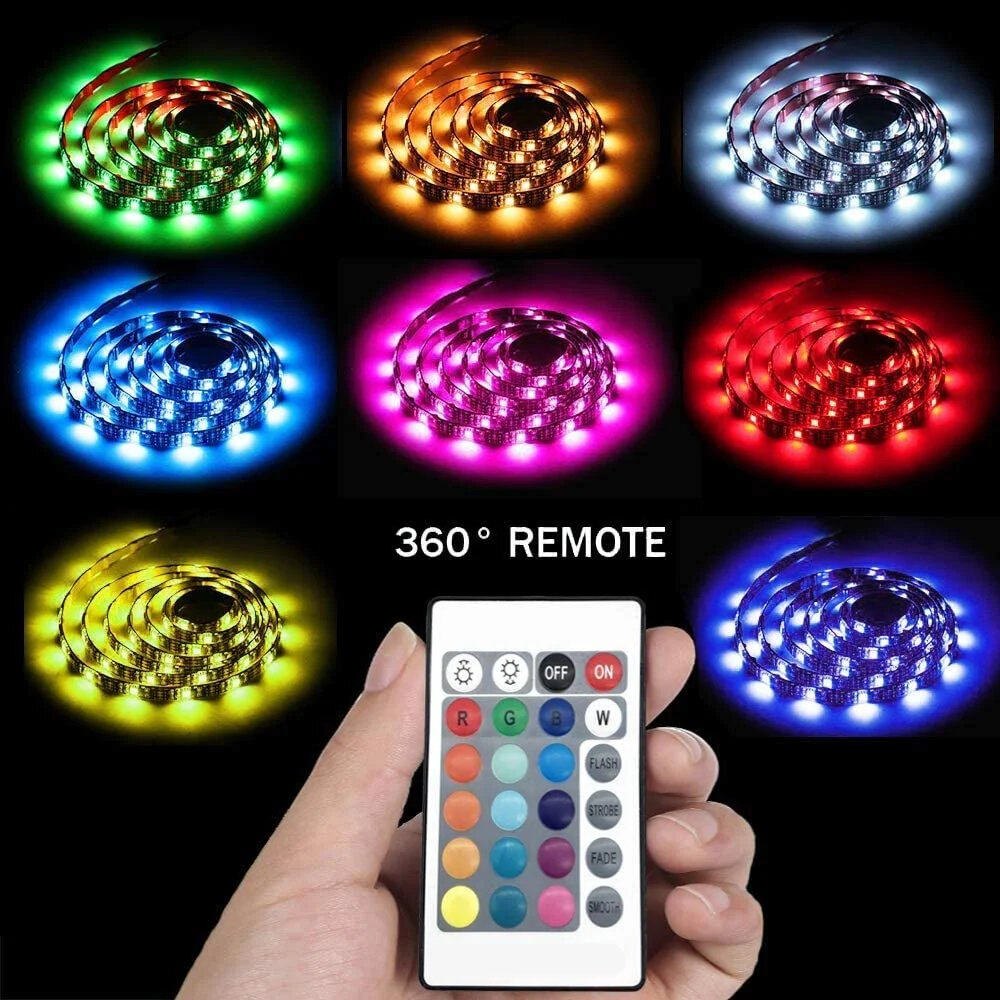
In conclusion, LED light bulbs are an exceptional way to save both energy and money in your home or office. Not only do they use significantly less power than traditional incandescent bulbs, but they also have a much longer lifespan, meaning that you’ll spend less on replacements over time. Additionally, LED bulbs are available in a variety of colors and brightness levels, making them a versatile option for any lighting needs. So, if you’re looking to reduce your energy consumption and lower your electricity bill, switching to LED bulbs is a smart and eco-friendly choice.




